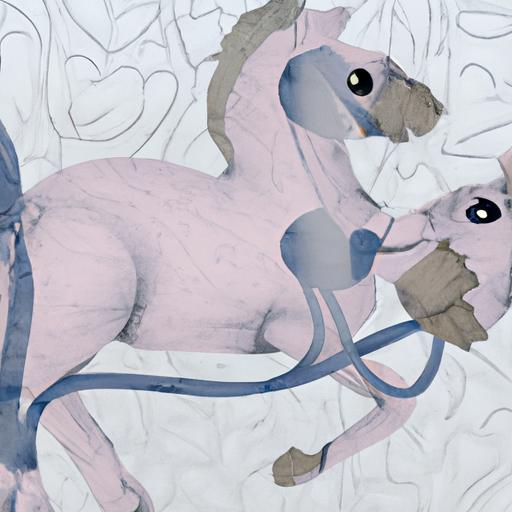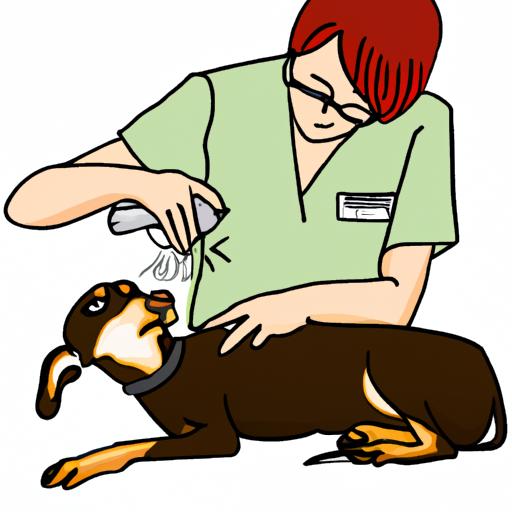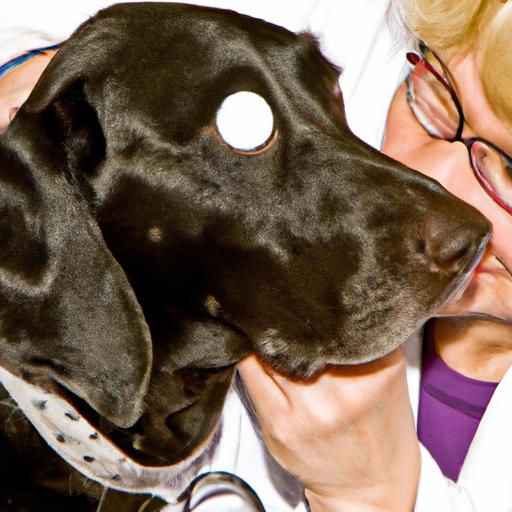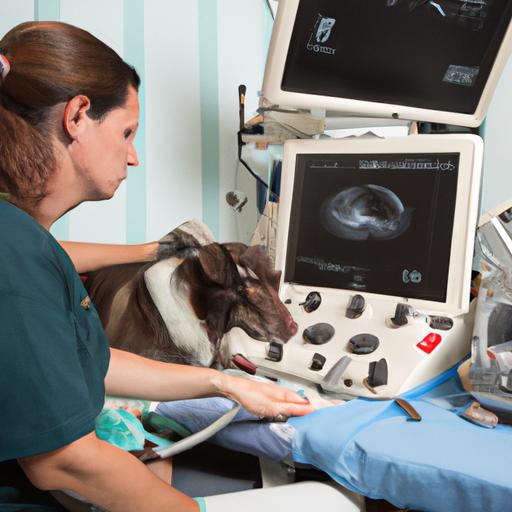
Diagnosing Canine Uterine Tumors: Reproductive System Concerns
Discover the importance of early diagnosis and treatment for canine uterine tumors. Learn about symptoms, diagnostic methods, and treatment options.
Introduction
As pet owners, it is crucial to understand the potential health issues that can affect our furry companions. One such concern is canine uterine tumors, which can have a significant impact on a dog’s reproductive system. In this article, we will delve into the importance of diagnosing these tumors early and explore the various diagnostic methods available.

Diagnosing Canine Uterine Tumors
When it comes to diagnosing canine uterine tumors, it is essential to be aware of the common symptoms and signs that may indicate their presence. While each dog may exhibit different indications, some typical signs to look out for include abnormal vaginal discharge, prolonged or heavy bleeding during heat cycles, and the presence of lumps or masses in the abdominal area.
To accurately diagnose uterine tumors, veterinarians employ several diagnostic tools and procedures. One commonly used method is ultrasound imaging, which allows for a non-invasive examination of the uterus. Through ultrasound, veterinarians can visualize any abnormalities, such as tumors or cysts, and determine their size and location.
Blood tests are another valuable diagnostic tool that can aid in the detection of uterine tumors. These tests help measure the levels of certain hormones and proteins that may indicate the presence of tumors or other reproductive system concerns. Additionally, blood tests can provide insight into the overall health of the dog and assist in ruling out other potential causes of the observed symptoms.
In some cases, a biopsy may be necessary to confirm the presence of uterine tumors definitively. A biopsy involves the extraction of a small tissue sample from the uterus, which is then examined under a microscope to identify any cancerous cells. This procedure allows for a more accurate diagnosis and aids in determining the most suitable treatment options.
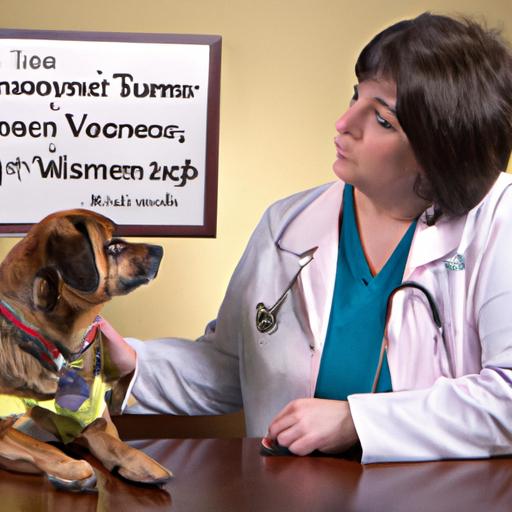
FAQ (Frequently Asked Questions)
What are the risk factors for canine uterine tumors?
Various factors can increase a dog’s susceptibility to uterine tumors. These include age, with older dogs being at a higher risk, and intact (unspayed) females. Additionally, certain breeds, such as German Shepherds and Boxers, may have a higher predisposition to developing these tumors.
Can spaying prevent uterine tumors?
Yes, spaying, which involves the removal of the uterus and ovaries, can effectively prevent the development of uterine tumors. By spaying your female dog before her first heat cycle, you can eliminate the risk of uterine tumors altogether.
Are certain dog breeds more susceptible to uterine tumors?
While uterine tumors can affect any breed, some breeds may have a higher incidence. German Shepherds, Boxers, and Poodles are among the breeds that have been found to be more susceptible. However, it is important to note that any female dog, regardless of breed, can develop uterine tumors.
What are the treatment options available?
The treatment options for canine uterine tumors depend on several factors, including the size and stage of the tumors, the dog’s overall health, and the owner’s preferences. In some cases, a complete surgical removal of the uterus (hysterectomy) may be recommended. Alternatively, if the tumors are cancerous or have spread, a combination of surgery, chemotherapy, and other supportive treatments may be necessary.
Conclusion
In conclusion, diagnosing canine uterine tumors is crucial for ensuring the health and well-being of our beloved pets. By recognizing the common symptoms and promptly seeking veterinary care, we can provide early intervention and improve the chances of successful treatment. Remember, regular check-ups and open communication with your veterinarian are essential in detecting reproductive system concerns in canines. By staying informed and proactive, we can give our furry friends the best chance at a happy and healthy life.

